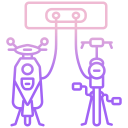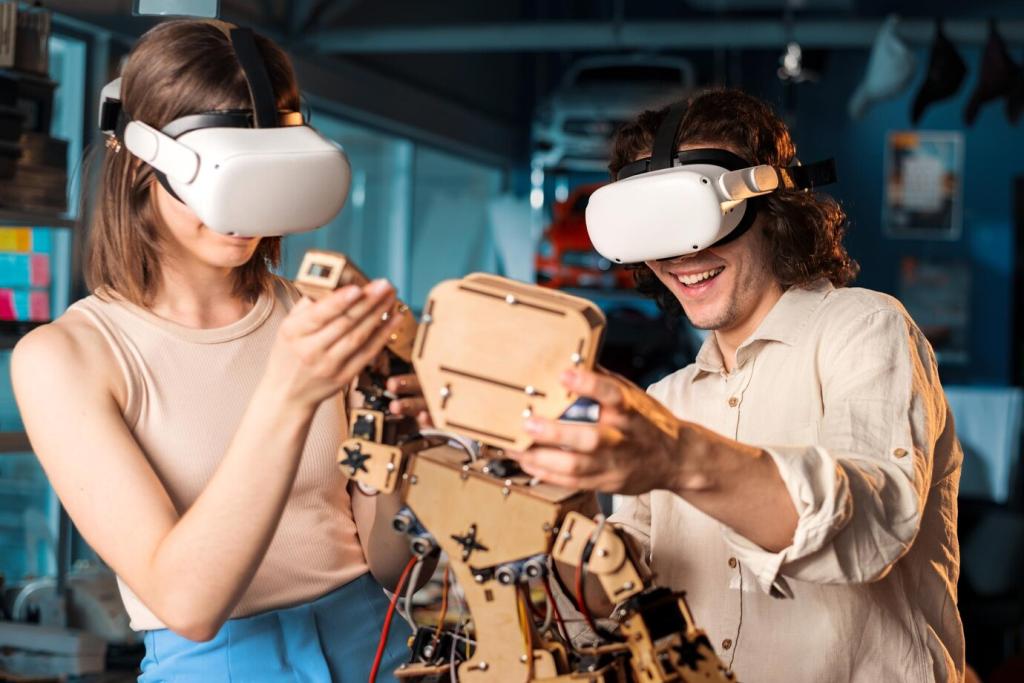Staying Current: Trends and What’s Next
Platforms now streamline on-board inference with tinyML and hardware accelerators. Expect easier model deployment workflows so perception and control fuse more tightly in compact, energy-aware robots.
Staying Current: Trends and What’s Next
Web-based coding, simulation, and versioning are converging. Expect collaborative editors, integrated telemetry dashboards, and one-click sharing so teams iterate in real time without messy local setups.












